I’m writing this article to address a huge issue I see with almost everyone that I have trained (in-person, via webcam, in group classes), consulted with in emails, and interacted with on social media, and that is: If you are going straight from 8 hours (or more) of sitting at work to your workout, and not specifically using exercises to activate muscles or muscle groups that you weren’t using during the day, you are contributing to muscular imbalances, developing improper movement patterns, and increasing your risk of injury or chronic pain over time.
Unless you’re standing on your feet all day, moving, lunging, squatting, bending over, balancing… basically, doing what your body evolved to do, your body will not function the way that it’s supposed to when you transition from work-mode to exercise-mode. It comes back to the ever-important theme of warming up. Typically I advocate a combination of yoga and dynamic stretching for an effective warm-up, but most people need more than a one-size-fit-all approach to warming up that includes specific exercises to help activate muscles / muscle groups that are not engaging. Think of it these exercises as switches in a circuit breaker.

Some of your muscles are already on. Those muscles typically include the muscles that you were using during the day, most notably your quadriceps (the tops of your thighs), your chest (from hunching forward), and your calves (walking). However, many of the most important muscle groups in your body that you use for exercises like squats, lunges, or pull-ups, are not active during the day. When you go to use these muscles in your workout without the proper warm-up, these muscles stay turned off. Adding muscle activation exercises to your warm-up is similar to turning the right switch on your circuit breaker to the on section. Ex: Switching the family room section of your circuit breaker to “on” setting = using a core warm-up exercise to turn your core muscles on.
The muscles and muscle groups most likely to NOT engage when you transition from your sedentary job to your workout include the following:
- Core
- Inner thighs
- Glutes
- Hip flexors
- Back
When these muscles do not engage, the burden of exercise falls on:
- Knees (instead of your glutes, hip flexors, and inner thighs)
- Lower back (instead of your core)
- Chest (instead of your back)
Functionally, this can lead to knee injury, lower-back pain, or rotator cuff injury (NEVER a pleasant experience). Aesthetically, this can lead to a flat butt, abs that don’t show, a back that doesn’t impress, and the sympathy card from surgery (and let’s be serious, only certain people can pull that off).
Never fear. I have 5 simple exercises that you can use (you can do them right now, if you’d like) to help you ensure that you are using these muscles and muscle groups properly! If you find one that’s significantly more difficult, you’ve found an area of opportunity!
1. Commonly Inactive Muscle #1 Core
When you sit in a chair, your core muscles are turning to mush. Yet your core is the most important muscle group when it comes to exercise. What happens when you don’t use your core? Your lower back picks up the slack, and that might work for a while, but eventually your lower back is going to start hurting, and that pain will increase in intensity more and more until it prevents you from working out at all.
The Solution: Supine bicycle start position (hold)

Directions:
- Lie on the floor with your knees over your hips and your legs squeezing towards on another.
- Place your hands behind your neck. Rest the weight of your neck into your palms.
- Lift your sternum towards the ceiling. Hold for 30 seconds.
Looking For A Program?
If you’re looking to start a yoga routine to lose weight, gain muscles, flexibility, and strength, Man Flow Yoga offers on-demand structured programs that complement your lifestyle and schedule. Sign-up below!
Signup for the FREE 7-Day Challenge
2. Commonly Inactive Muscle #2 – Inner thighs (adductors)
During the day, you might notice that the first thing to happen when you sit down is a chair that your legs come slowly further away from one another. This tendency causes your inner thighs to relax. When you go to work out, guess what? Your inner thighs often stay inactive! Use this quick, <30 second exercise to engage your inner thighs and get a more balanced workout for your lower body.
The solution: Block squeeze between legs
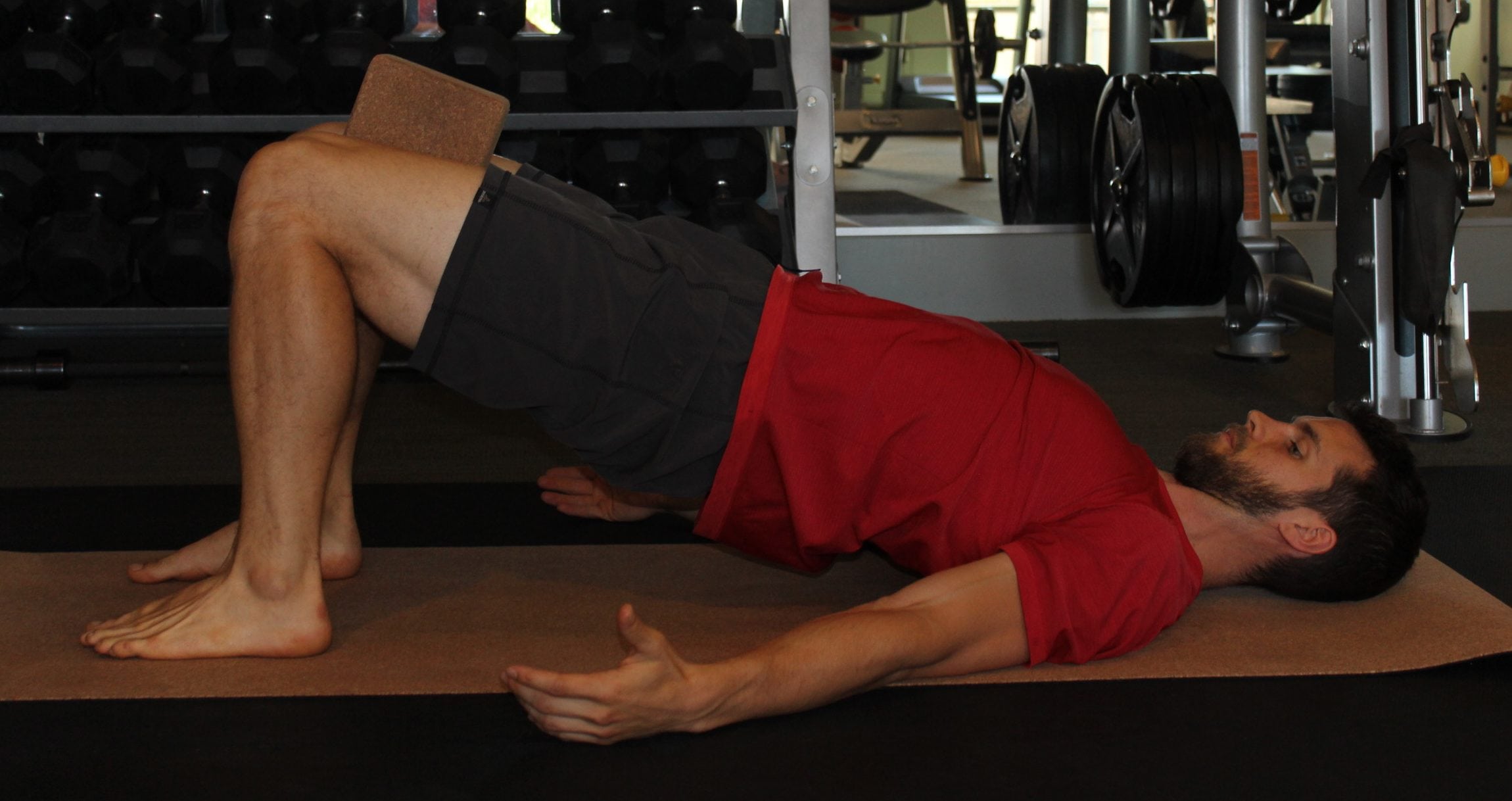
Directions:
- Lie on your back. Place a block between your thighs.
- Tighten your core, squeeze the block between your legs.
- Press your feet into the ground to lift your hips.
- Hold for 30 seconds.
3. Commonly Inactive Muscle #3 – Glutes
Have you ever wondered why some people have bigger butts than other people? Surely, genetics play a role. But, glute size is also a relatively reliable indicator of glute strength. If you’re not sure whether or not you’re using your glutes when you work out, check out this quick video with two quick exercises you can use to strength and engage your glutes!
(And if you’re more concerned with bodily mechanics, effectively using your glutes means you’ll have a better squat, a faster sprint, a higher jump, and pretty much better anything using your lower body.)
The solution: Single-leg bridge or Donkey kick

Directions:
- Start in a bridge position. (Feet pushing into the ground to lift the hips, core engaged.)
- Extend one leg forward (not too high).
- Push down hard through the planted foot.
- Hold for 30 seconds.
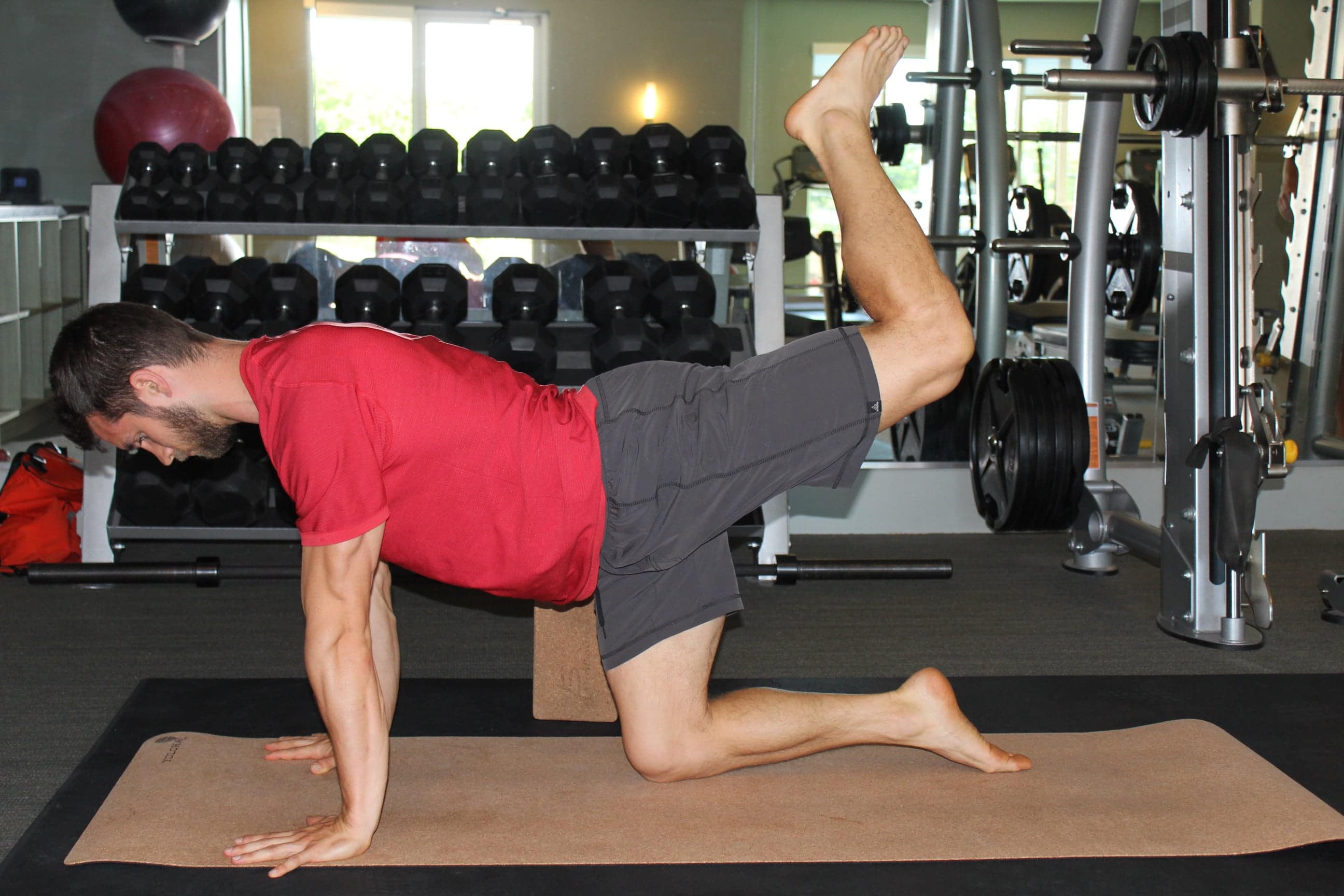
Directions:
- Start in table top position.
- Squeeze your heel toward your butt. Then, press your heel up and over toward the opposite side.
- Focus on tightening your butt, and NOT on opening your hip.
- Hold for 10-15 seconds. Complete 4-5 reps.
4. Commonly Inactive Muscle #4 – Hip flexors
Your HIP FLEXORS don’t always do what they are supposed to do. If you go straight from sitting (inactive hip flexors) to your workout, your hip flexors may not be properly engaging! This limits your hip functionality, shifts pressure into your knees, and makes your workout less effective. Use this quick exercise (you can do it while you sit!) to check your hip flexor engagement.
The solution: Seated Leg Lift (knee bent)
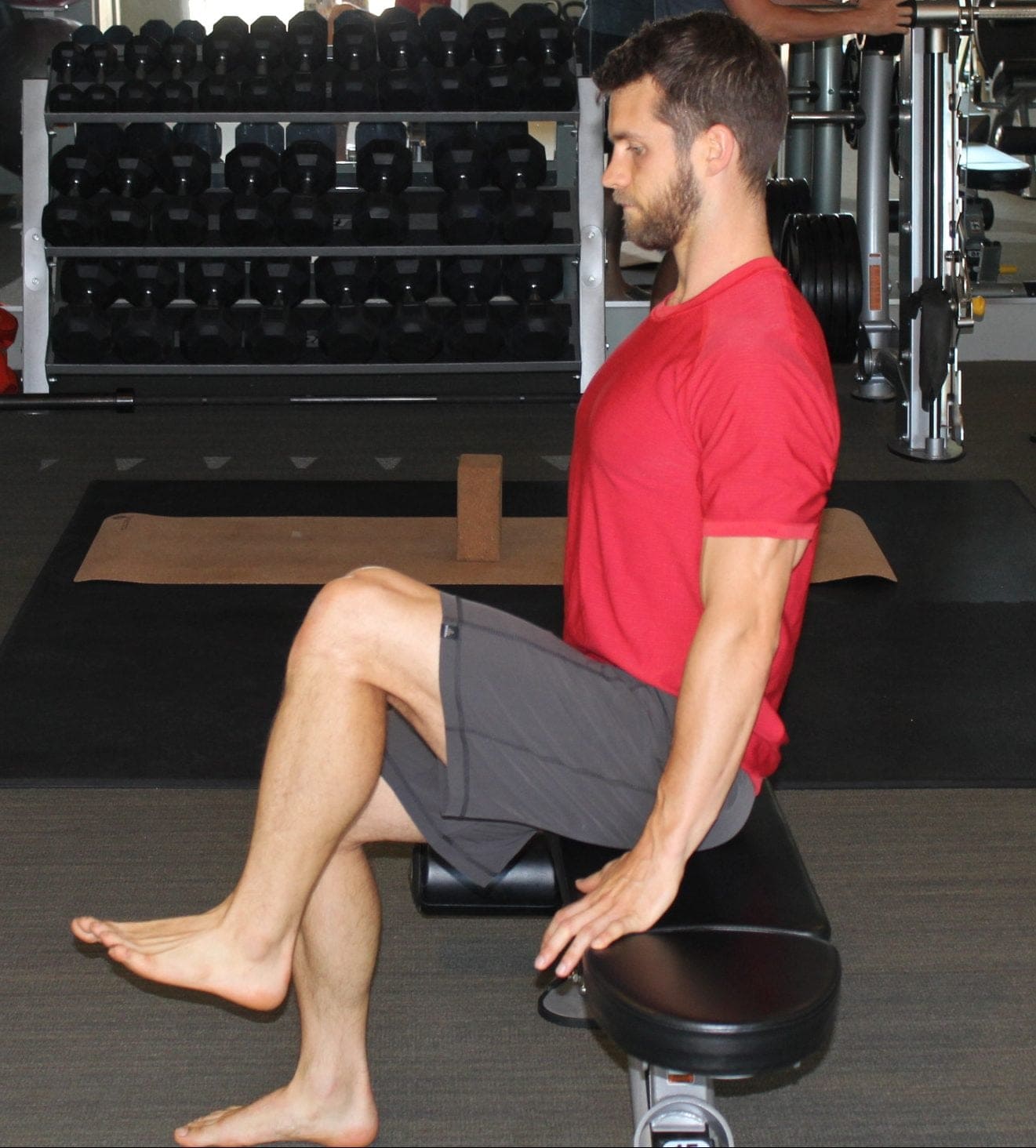
Directions:
- Sit down on a firm surface, with your feet comfortably resting on the ground.
- Sit up tall, chest lifting up and core engaged.
- Lift one thigh off the ground, about 6 inches.
- Keep the quadriceps relaxed by allowing the foot of the lifted leg to relax toward the ground.
- Push your hand into the thigh of the lifted leg for more engagement.
- You should feel the hip flexor (in front of your hip) working.
5. Commonly Inactive Muscle #5 – Back
Your back is completely inactive while you are in a seated position, and usually when you are standing up, too! (Think about it: Do you actually focus on squeezing your shoulder blades together and engaging the muscles in your back throughout the day?)
When it comes to yoga, your back is one of the most neglected areas of your body. That’s because there are no poses in yoga in which your back pulls actual resistance, versus a plank or up-dog, which uses your bodyweight to challenge the front side of your body.
The solution: Imaginary Pull-up, Weightless Horizontal Row


Directions:
- Start at the “top” of an imaginary pull-up.
- Pull your shoulders down before you start. You should feel muscle engagement in your upper back.
- Pull your hands toward your armpits, and your elbows toward your hips.
- Squeeze at the bottom for 10 seconds.
- Move SLOWLY. The entire rep should take about 30 seconds.
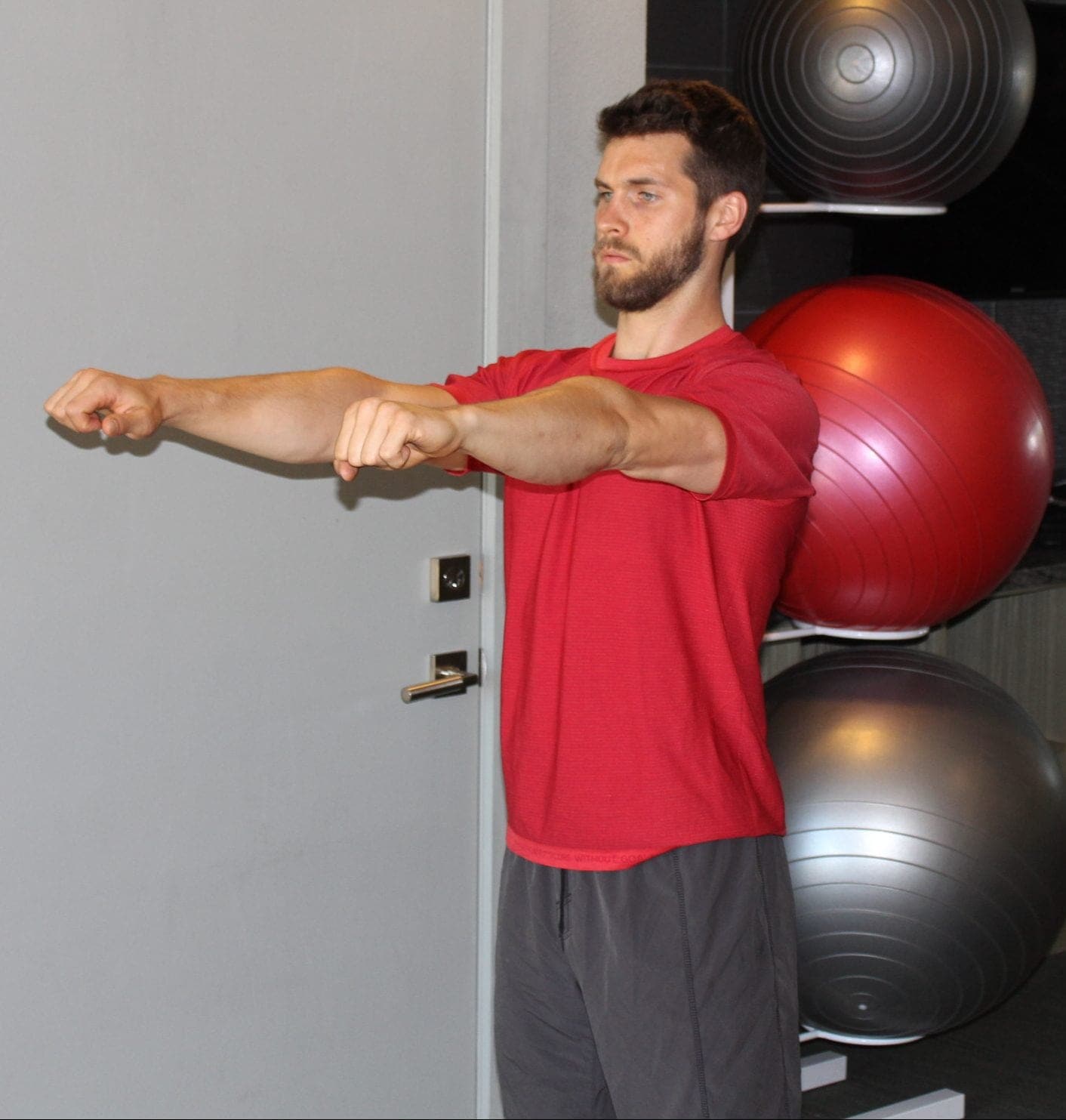
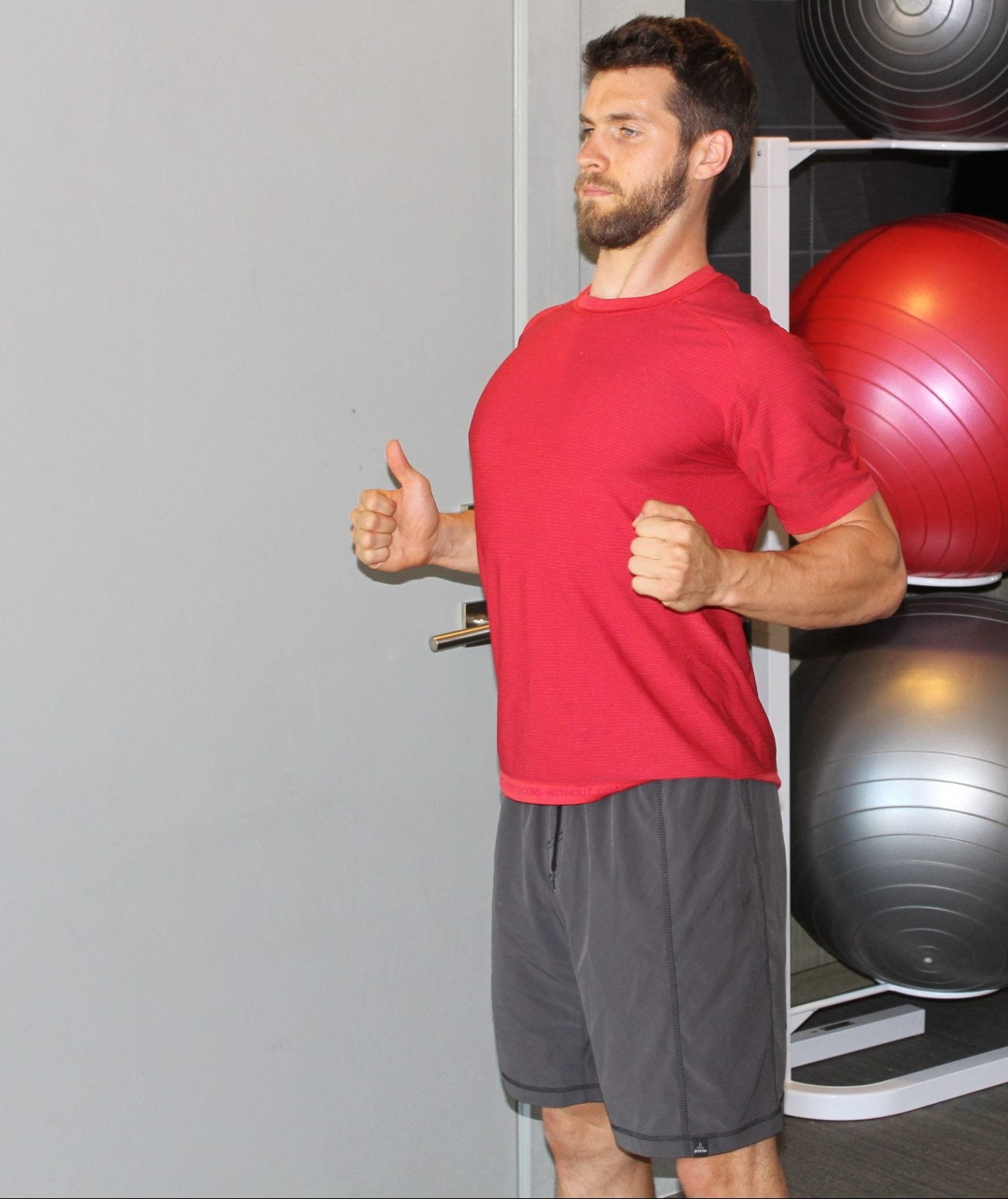
Directions:
- Extend your arms out in front of you.
- Keep your shoulder blades retracted. (Think plugging your arms into your back.)
- Pull your hands toward your armpits.
- Squeeze your shoulder blades toward one another, open your chest as much as possible.
- Squeeze your elbows into your sides.
Try these out before your next workout – no matter what it is that you do, if it’s yoga, weight training, sprints, cycling, etc. You should see an improvement in your performance. You might even learn something about yourself. The cool thing about these muscle activation exercises is that you can also use them to strengthen those weak muscles. (They’re the same exercises that physical therapists use to help rehab their patients after injuries or surgeries!)
Enjoy these muscle activation exercises!
Additional Resources
You might be interested in some tips on starting off your yoga practice, so read on! 3 blogs covering some basics.
About the author, Dean Pohlman, Founder & CEO of Man Flow Yoga, Author of Yoga Fitness for Men, Expert on Yoga Fitness for Men.
Looking for non-spiritual, yoga for men workouts?
Learn More About Man Flow Yoga and how it can help you with your fitness goals:
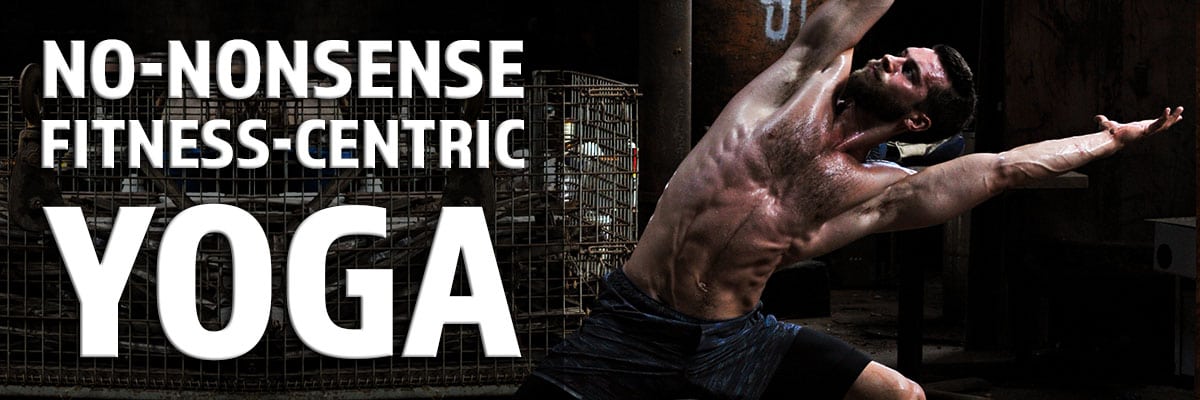 Join Today for Instant Access!
Join Today for Instant Access!
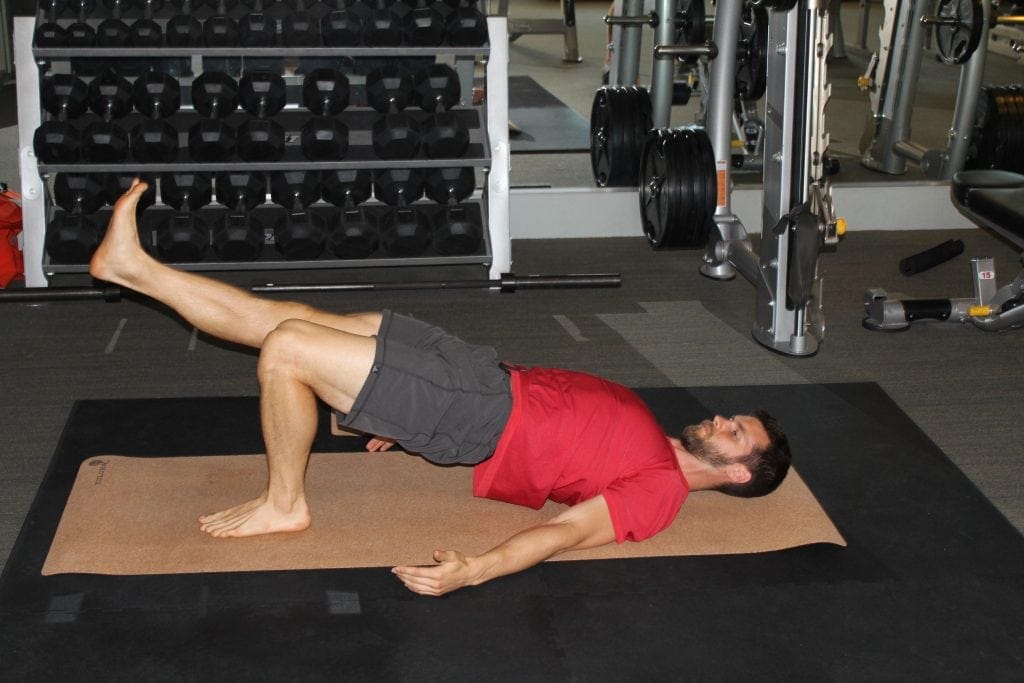
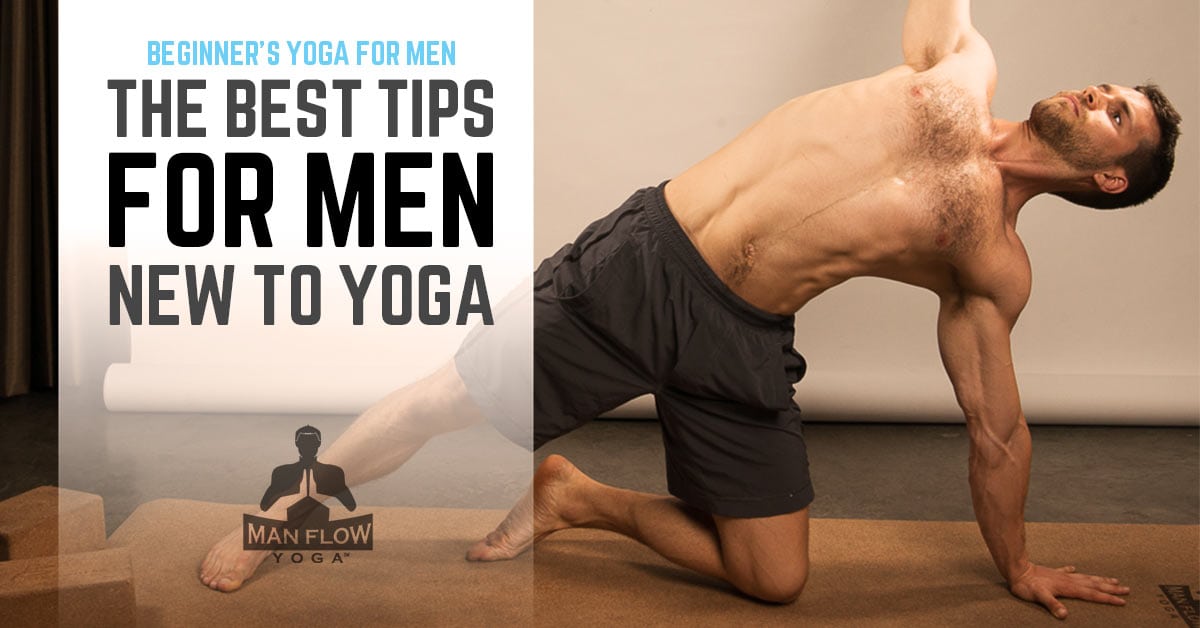
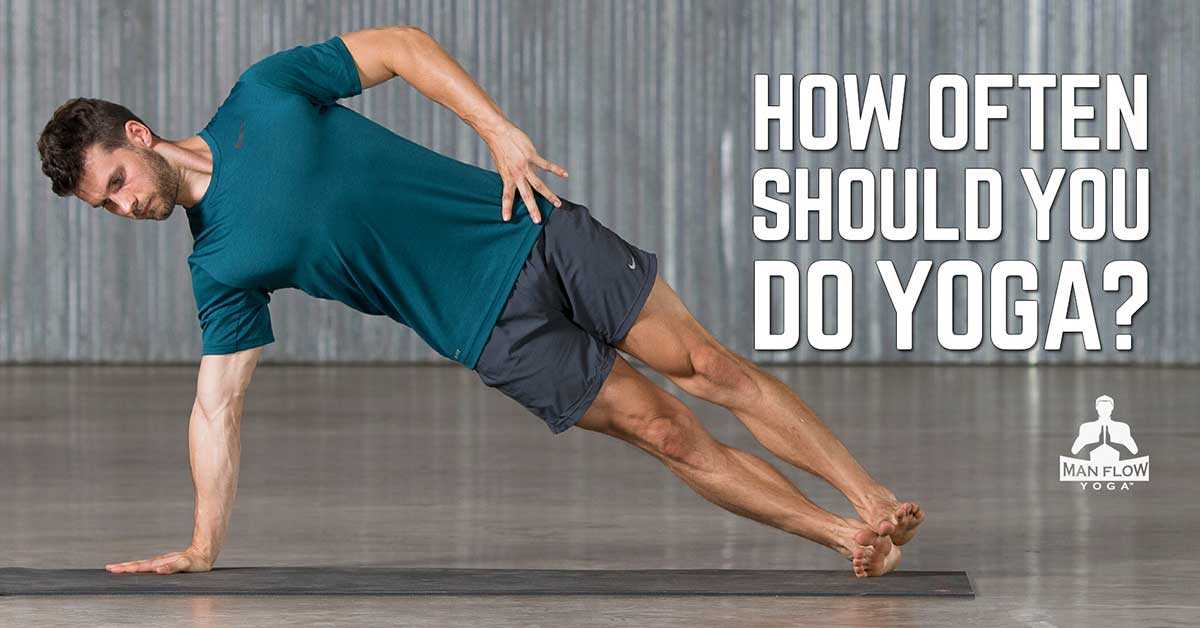
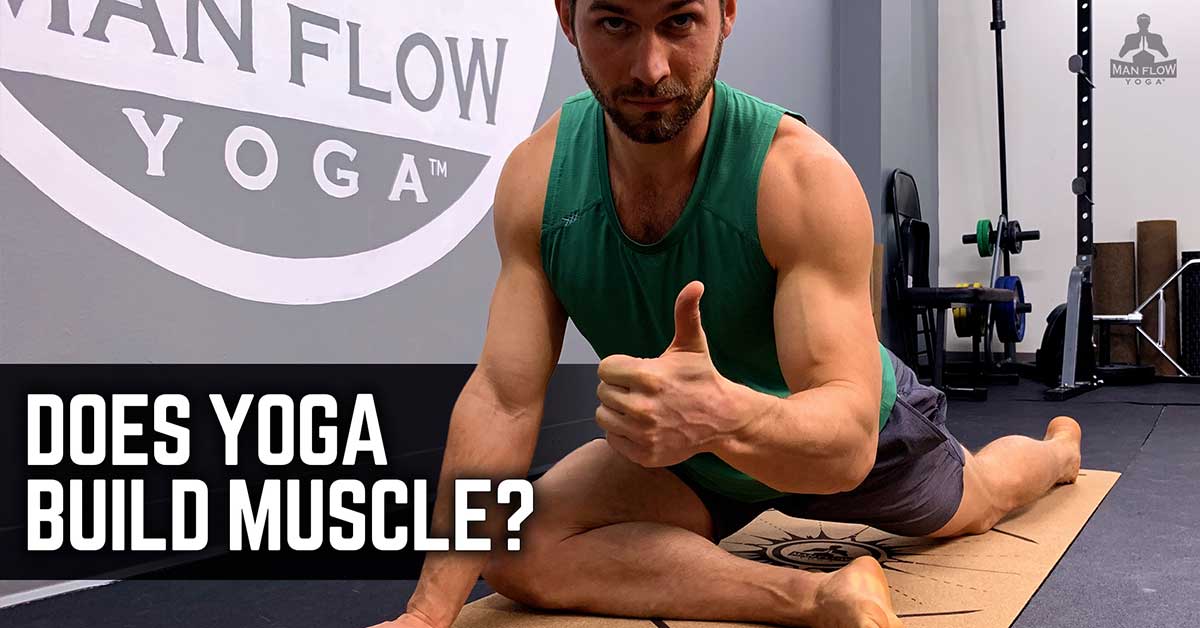
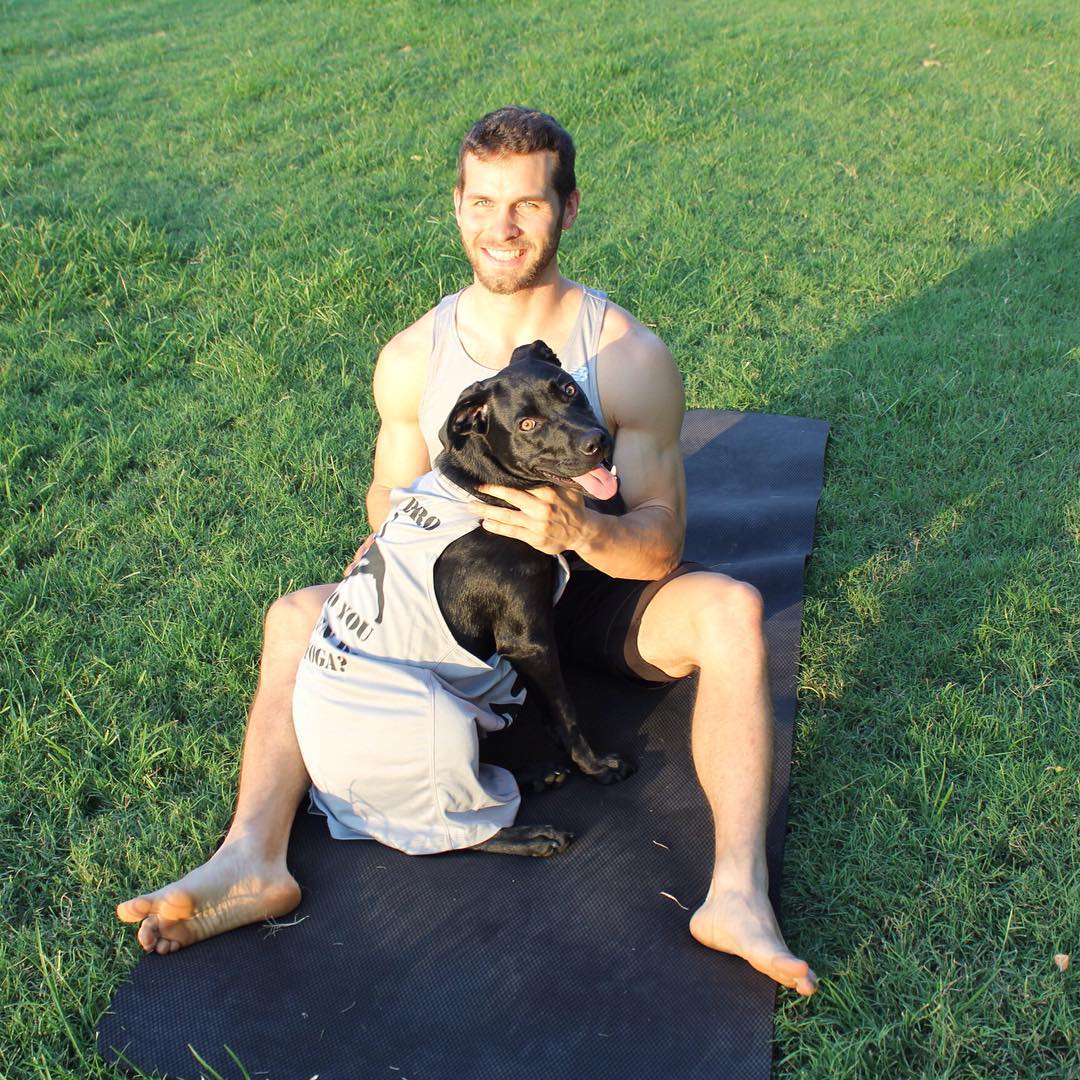
Helpful. Thank you.
Awesome! Thank you!
Sure thing, Scott! Thanks for reading.
Great article! Thanks for sharing…
Glad you enjoyed! Thanks for taking the time to read it.